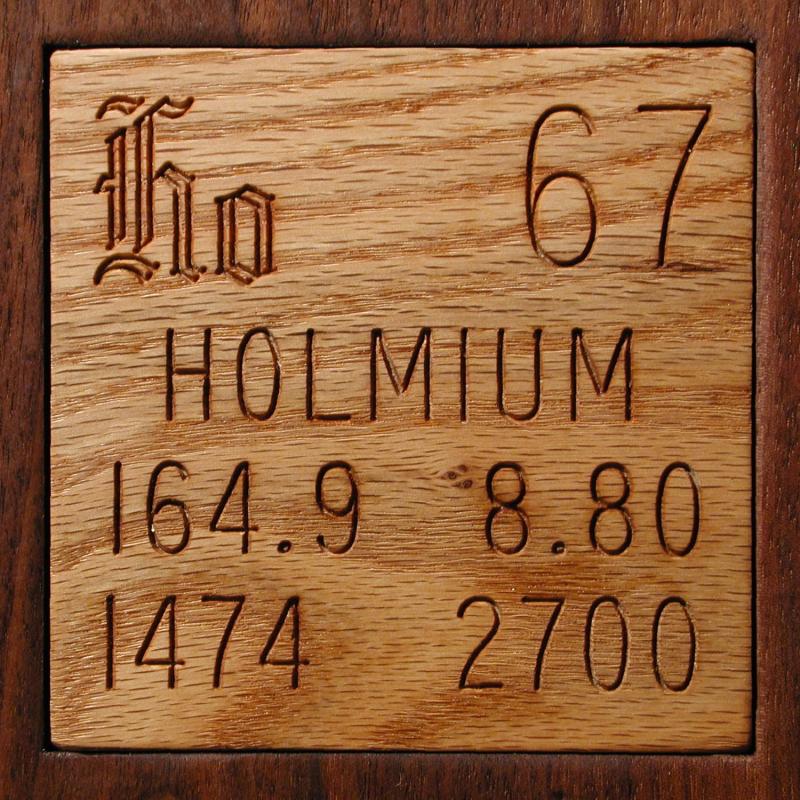* Holmium element was firstly examined by Swiss chemists Marc Delafontaine and Jacques Louis Soret in 1878 and its chemical symbol is Ho. The name of holmium is derived from the Stockholm which is capital of Sweden.
* Holmium Rare Earth Element is a bright, soft and silvery white rare metal and holmium is malleable.
* Holmium Rare Earth Element is measured to be slightly toxic. No serious harms in industrial usage have been detected. Holmium does not affect humans in terms of biological role, but Holmium’s salts are able to stimulate metabolism. Actually, humans typically consume about a milligram of holmium a year. Plants do not readily take up holmium from the soil. Some vegetables have had their holmium content measured, and it amounted to 100 parts per trillion.

* In dry air, holmium normally doesn’t react. But in moist air or when holmium is heated, it swiftly oxidizes. As a result holmium creates yellow oxide.
* Like many other lanthanide elements, Holmium element is used in magnet production as a result of its magnetic qualities.
* Holmium Rare Earth Element can absorb neutrons, so holmium is used in nuclear reactors to keep a chain reaction under control.
* Holmium Rare Earth Element can absorb neutrons, so holmium is used in nuclear reactors to keep a chain reaction under control.
* Holmium Rare Earth Element is also used in glass coloring applications. Holmium is providing red and yellow coloring. Glass contain holmium oxide and holmium oxide solutions have sharp optical absorption peaks in the spectral range 200–900 nm. They are therefore used as a calibration standard for optical spectrophotometers, and are available commercially.
* Holmium Rare Earth element has some compounds. Some of them: Holmium oxide (Ho2O3), holmium fluoride (HoF3) and holmium iodide (HoI3)
* Holmium Rare Earth element has some compounds. Some of them: Holmium oxide (Ho2O3), holmium fluoride (HoF3) and holmium iodide (HoI3)
* Holmium is hard to find in nature and it is not free. It can be found in some minerals like gadolinite and monazite.
If you want to use , buy here :
https://nanografi.com/rare-earth-materials/ho-holm...
https://nanografi.com/rare-earth-materials/ho-holm...
Comments
Post a Comment